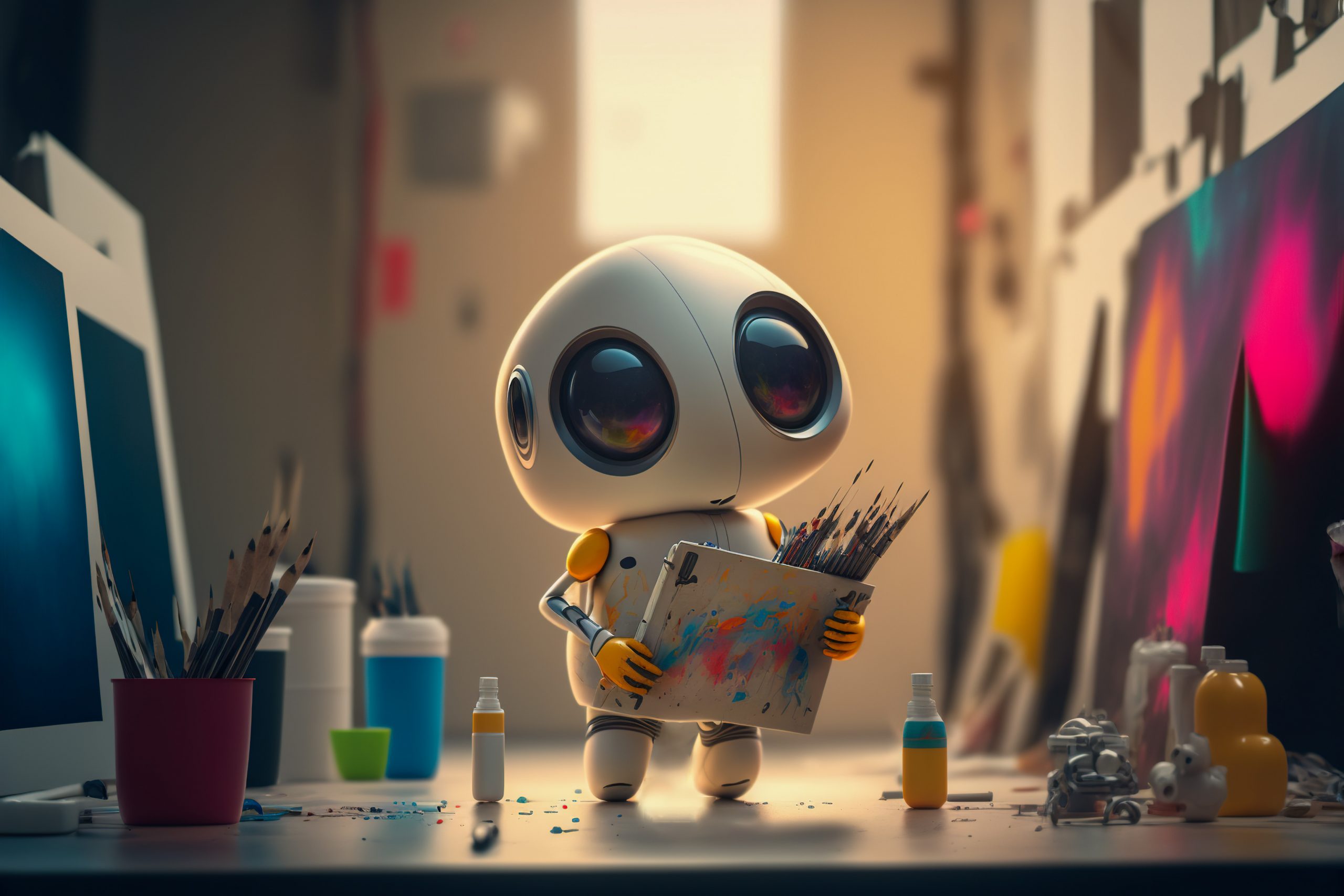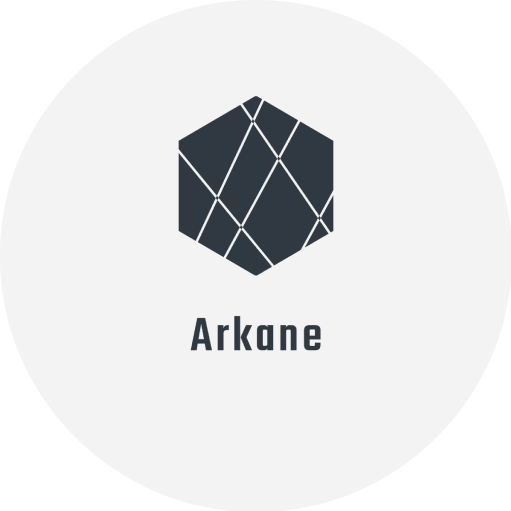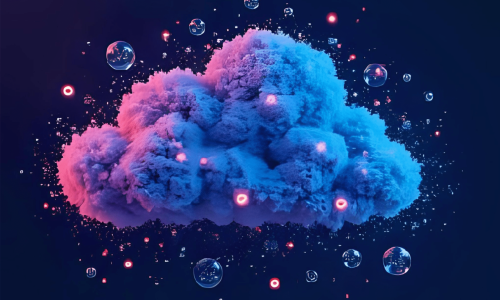
How does stable diffusion work

Introduction to Stable Diffusion
Overview of Stable Diffusion
In the rapidly evolving field of AI, the emergence of Stable Diffusion marks a significant milestone. Developed by researchers from the CompVis Group at Ludwig Maximilian University of Munich and Runway, and with a compute donation by Stability AI, Stable Diffusion is a deep learning, text-to-image model, released in 2022. It stands out due to its ability to generate detailed images based on text descriptions, leveraging advanced diffusion techniques. What sets it apart from other AI models is its broader applicability, extending beyond mere image creation to tasks like inpainting, outpainting, and image-to-image translations, all guided by text prompts.
Historical Context
The inception and growth of Stable Diffusion were greatly influenced by Stability AI, a start-up that not only funded its development but also played a pivotal role in shaping it. The pivotal technical license for Stable Diffusion was issued by the CompVis group, marking a collaborative effort that combined academic prowess with entrepreneurial vision. This collaboration was further enriched by the involvement of EleutherAI and LAION, a German non-profit that compiled the crucial dataset on which Stable Diffusion was trained.
In October 2022, Stability AI secured a substantial investment of $101 million, led by Lightspeed Venture Partners and Coatue Management, indicating strong market confidence in this innovative technology. The development of Stable Diffusion was a resource-intensive process, utilizing 256 Nvidia A100 GPUs on Amazon Web Services, amounting to 150,000 GPU-hours and a cost of $600,000. This significant investment in resources underscores the complexity and ambition of the Stable Diffusion project.
Understanding the Mechanics of Stable Diffusion
Core Technology
At the heart of Stable Diffusion lies a unique approach to image generation, one that diverges significantly from traditional methods. Unlike the human artistic process, which typically begins with a blank canvas, Stable Diffusion starts with a seed of random noise. This noise acts as the foundation upon which the final image is built. However, instead of adding elements to this base, the system works in reverse, methodically subtracting noise. This process gradually transforms the initial randomness into a coherent and aesthetically pleasing image.
The Role of Energy Function
The energy function in Stable Diffusion plays a critical role in shaping the final output. It functions as a metric, evaluating how closely the evolving image aligns with the provided text description. As noise is removed step by step, the energy function guides this reduction process, ensuring that the image evolves in a way that aligns with the user’s input. This system, by design, steers away from deterministic outputs, instead favoring a probabilistic approach where the final image is a result of a guided but inherently unpredictable journey through the noise reduction process.
The Process of Diffusion
The diffusion process, which is central to Stable Diffusion, follows an intriguing principle. If one considers the act of adding noise to an image as a function, the diffusion model essentially operates as the inverse of this function. Starting with a noisy base, the model applies an inverse process to gradually reveal an image hidden within the noise. This approach leverages neural networks’ capacity to map complex, arbitrary functions, provided they have sufficient data. The beauty of this system lies in its flexibility; it does not seek to arrive at a single, definitive solution but rather embraces a spectrum of ‘good enough’ solutions, each aligning with the user’s text prompt in its unique way.
The Architecture of Stable Diffusion
Diffusion Model Explained
Stable Diffusion employs a novel approach in its architecture, integrating stability theory and diffusion processes within its neural network. This sophisticated model is designed to enhance the learning dynamics and improve the rate of convergence during neural network training. By adopting principles of stability and diffusion, the architecture introduces an innovative method for optimizing weight updates and activations.
Deep Neural Network Utilization
In practice, the stable diffusion neural network operates by blending stability-driven updates with diffusion-based information propagation. This unique combination enables more efficient weight adjustments during backpropagation, which leads to faster convergence and reduced training times. The diffusion process facilitates the smooth spread of information across layers, enhancing feature extraction and representation.
Key Components
The architecture comprises several key components:
- Stability-driven Updates: These updates ensure controlled and guided weight adjustments, preventing abrupt changes that could hinder the learning process.
- Diffusion Information Flow: The diffusion process promotes gradual information dissemination, allowing each layer to contribute meaningfully to the overall learning process.
- Adaptive Learning Rates: Incorporating adaptive learning rates for different layers enhances the training efficiency and convergence of the model.
This architecture reflects a deep understanding of both theoretical and practical aspects of AI and neural networks, marking a significant advancement in the field of generative models.
Harnessing Creativity with CFG Scale
At the forefront of Stable Diffusion’s innovative approach is a unique parameter known as the CFG scale, or “Classifier-Free Guidance” scale. This scale is pivotal in dictating the alignment of the output image with the input text prompt or image. It essentially balances the fidelity to the given prompt against the creativity infused in the generated image. Users, by adjusting the CFG scale, can tailor the output to their preferences, ranging from a close match to the prompt to a more abstract and creative output.
The Impact of CFG Scale on Image Generation
Understanding the CFG scale’s impact is essential for achieving desired results in image generation. A higher CFG scale results in an output that closely aligns with the provided prompt, emphasizing accuracy and adherence. In contrast, a lower CFG scale yields images with higher creativity and quality, though they may deviate more from the initial prompt. This presents a trade-off between fidelity to the prompt and the diversity or quality of the generated image, a common theme in many creative processes.
Navigating the CFG Scale for Desired Outcomes
Stable Diffusion offers predefined CFG scale values to cater to different preferences and requirements:
- Low (1-4): Ideal for fostering high creativity.
- Medium (5-12): Strikes a balance between quality and prompt adherence.
- High (13-20): Ensures strict adherence to the prompt. The sweet spot often lies within 7-11, offering a blend of creative freedom and prompt fidelity. Users can adjust the CFG scale lower for abstract art or higher for generating realistic images that closely match a detailed prompt.
Applications and Implications
Diverse Applications of Stable Diffusion
Stable Diffusion, a deep learning text-to-image model, has revolutionized the field of AI-generated imagery since its 2022 release. Primarily designed for creating detailed images from text descriptions, its versatility extends to various other applications. The model has been adeptly applied to tasks like inpainting and outpainting, allowing users to modify existing images in innovative ways. Furthermore, it can generate image-to-image translations guided by text prompts, demonstrating a remarkable ability to interpret and visualize concepts.
Training Data: The Foundation of Versatility
The breadth of Stable Diffusion’s applications is largely due to its extensive training on the LAION-5B dataset, which includes 5 billion image-text pairs. This dataset, derived from web-scraped Common Crawl data, is classified based on language, resolution, watermark likelihood, and aesthetic scores. Such a diverse training set enables Stable Diffusion to produce a wide range of outputs, from conventional imagery to more abstract creations, thus catering to varied creative needs.
Text Prompt-Based Image Generation
A significant capability of Stable Diffusion lies in generating new images from scratch using text prompts. This feature, known as “guided image synthesis,” utilizes the model’s diffusion-denoising mechanism to redraw existing images with new elements as described in the text prompts. Such functionality has broadened the horizons for creative expression, enabling users to conjure up entirely new visuals from mere textual descriptions.
img2img: Enhancing Existing Images
Another intriguing feature is the “img2img” script, which takes an existing image and a text prompt to produce a modified version of the original image. The strength value used in this script determines the extent of noise added, allowing for varying degrees of modification and creativity. This feature has been instrumental in tasks that require a balance between maintaining the essence of the original image and introducing new, imaginative elements.
Depth2img: Adding Dimension to Images
The introduction of the “depth2img” model in Stable Diffusion 2.0 adds another layer of sophistication. This model infers the depth of an input image and generates a new image that maintains the coherence and depth of the original, based on both the text prompt and the depth information. Such advancements in Stable Diffusion not only demonstrate the evolving nature of AI in image generation but also open up new possibilities for applications requiring depth perception and 3D visualization.
Newsletter
You Do Not Want to Miss Out!
Step into the Future of Model Deployment. Join Us and Stay Ahead of the Curve!

![The 4 Major Corporate Fears About AI [and How Arkane Crushes Them]](https://arkanecloud.com/wp-content/uploads/elementor/thumbs/image-fears-r83x02fmwkg0873grkx2f5jvdsy2k1b00h5jqz1vi0.png)



